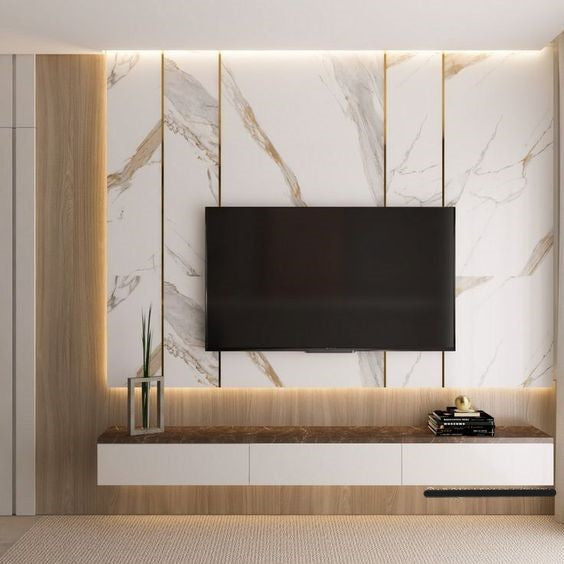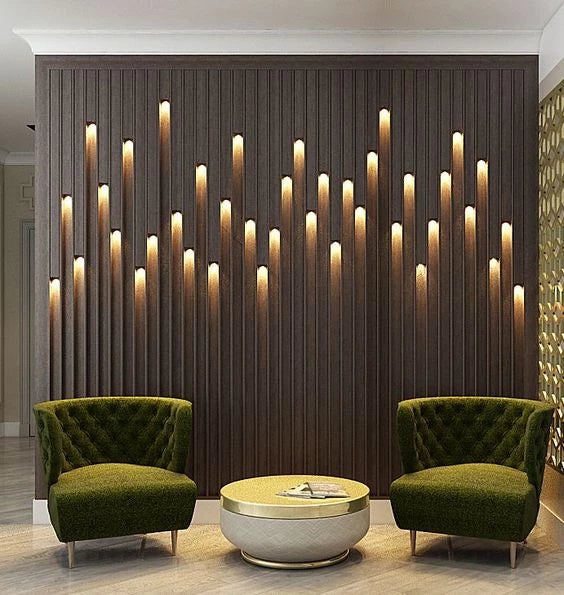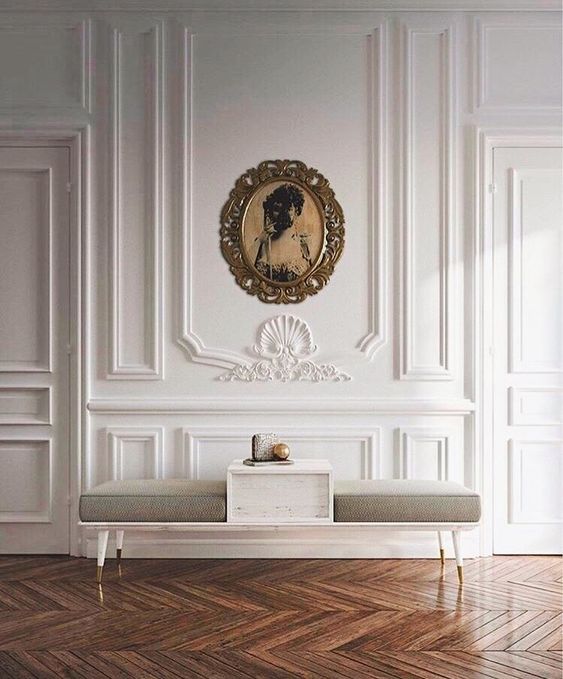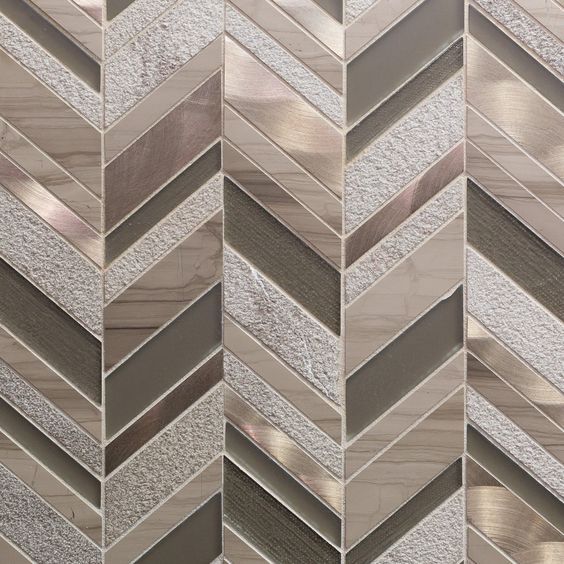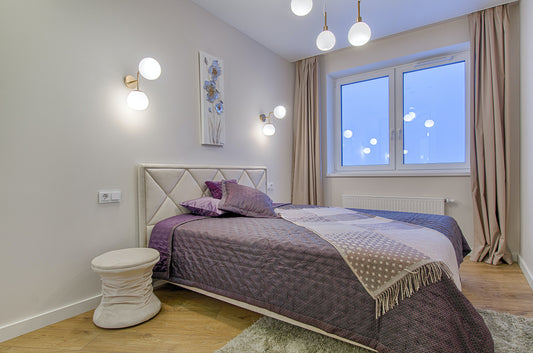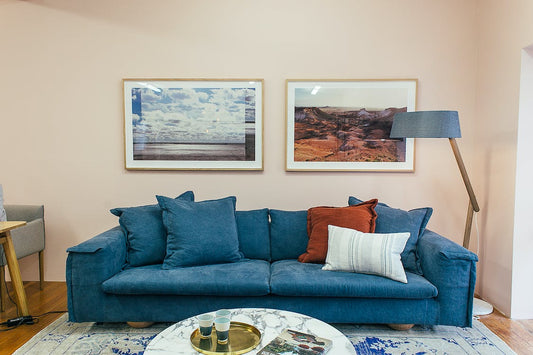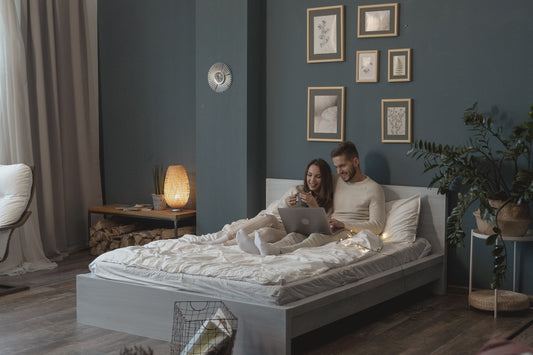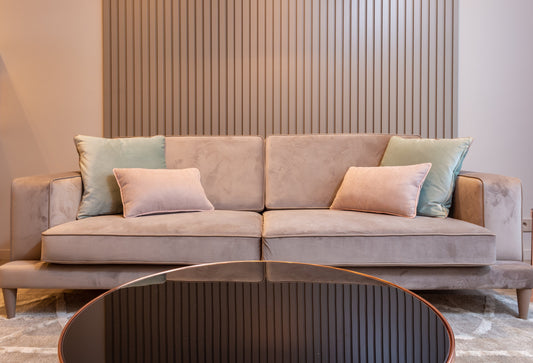Home interior design is a multifaceted discipline that involves the art and science of enhancing the interiors of a residential space to achieve a more aesthetically pleasing and functional environment. It encompasses a wide range of elements, including furniture, color schemes, lighting, and spatial arrangement. Among these, textures play a pivotal role in elevating the overall design by adding depth, character, and a tactile dimension to the living space. The tactile quality of surfaces and materials used within a home can significantly influence the way inhabitants perceive and interact with their surroundings. The importance of textures lies not only in their visual appeal but also in their ability to create a sense of comfort and warmth. This article aims to delve into the profound impact of textures on home interior design, exploring their role in shaping the ambiance and enhancing the overall living experience.
The Role of Textures in Setting the Tone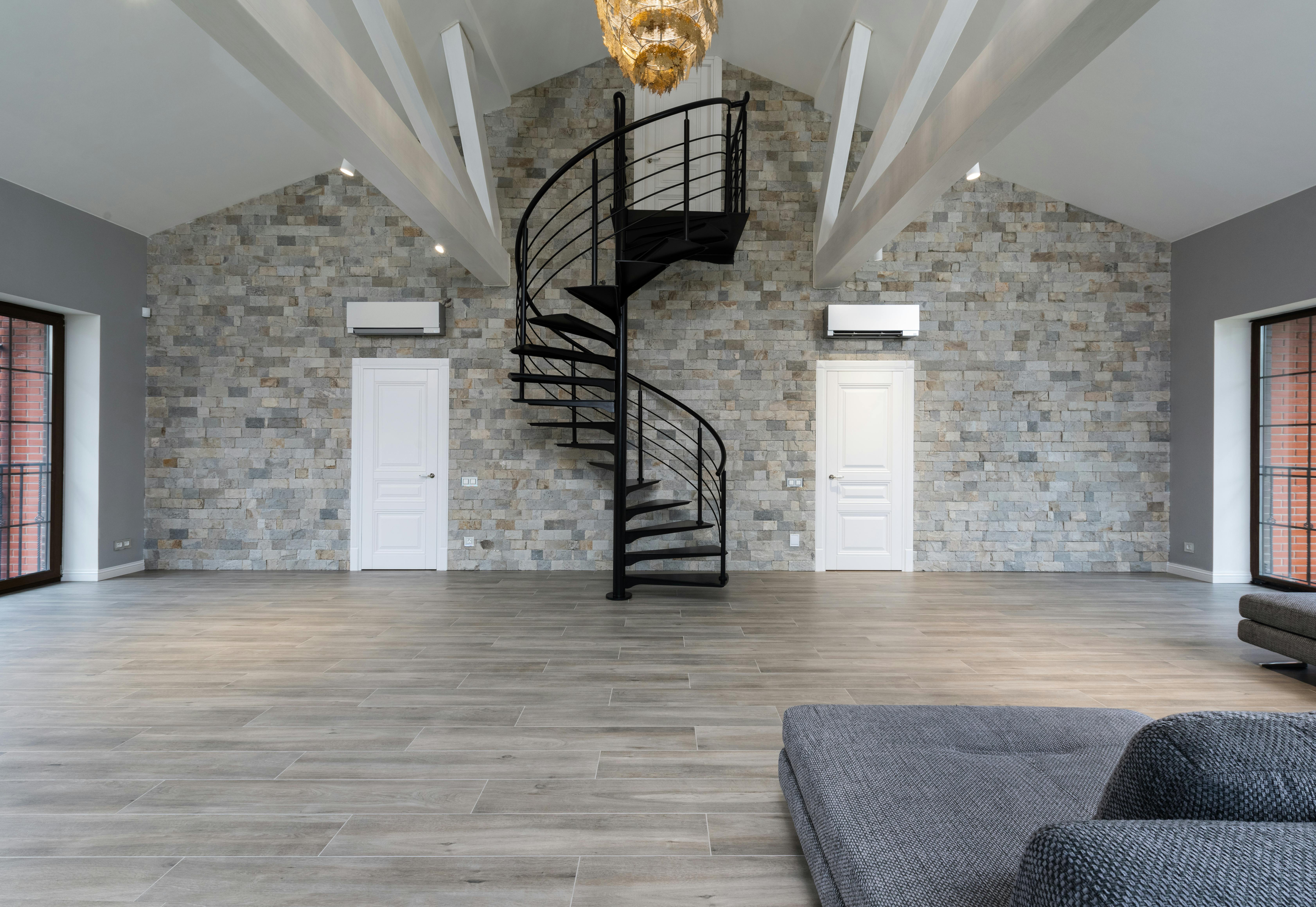
In the realm of interior design, textures refer to the surface quality of materials and elements within a space. These can include a spectrum of sensations, from the smoothness of polished wood to the roughness of exposed brick. The definition of textures in this context extends beyond the visual aspect, encompassing the tactile and sometimes even auditory experiences associated with different materials. The contribution of textures to the overall ambiance of a space is multifaceted. They can evoke a range of emotions and set the tone for the entire room. For instance, soft, plush fabrics like velvet or chenille can introduce a sense of coziness and luxury to a living room, while rough surfaces such as unfinished concrete might create an industrial and edgy feel. Understanding and strategically applying textures allow designers to mold the emotional character of a room, making it an essential aspect of home interior design that goes beyond mere aesthetics.
Textures and Visual Interest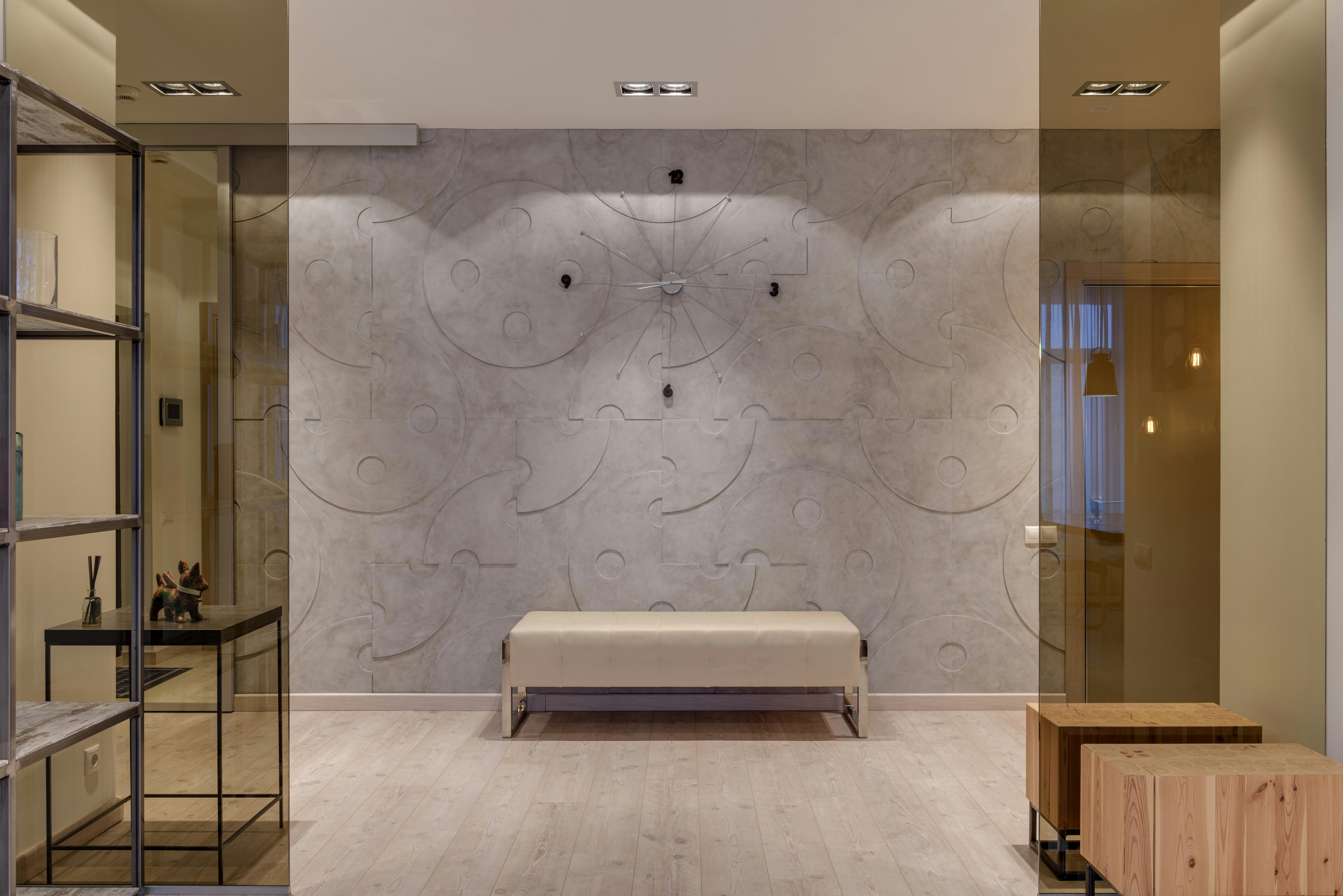
Creating visual interest through contrasting textures is a key element in interior design that captivates the eyes and adds dynamism to a room. By combining different textures, such as smooth surfaces against rough ones or glossy finishes paired with matte elements, designers can create a visually stimulating environment. For instance, a plush velvet sofa against a backdrop of exposed brick walls not only contrasts in texture but also provides a luxurious and industrial juxtaposition. Additionally, incorporating textures to add depth and dimension enhances the overall aesthetic appeal. For example, layering a room with various textiles like throw pillows, rugs, and wall art can create a sense of depth, making the space visually intriguing. The interplay of textures contributes to a multi-dimensional look, preventing the design from appearing flat and uninspiring.
Case studies and examples of successful use of textures for visual impact abound. Consider a contemporary living room where sleek leather furniture is paired with a shaggy, textured rug. This combination not only creates a visually appealing contrast but also infuses the space with a tactile richness that draws attention. Similarly, in modern kitchen design, combining the smoothness of stainless steel appliances with the warmth of natural wood textures on cabinets can achieve a harmonious blend that is both visually pleasing and functional. These examples illustrate how strategic use of contrasting textures can elevate the visual interest of a room, making it a focal point in the realm of home interior design.
Practical Application of Textures in Different Spaces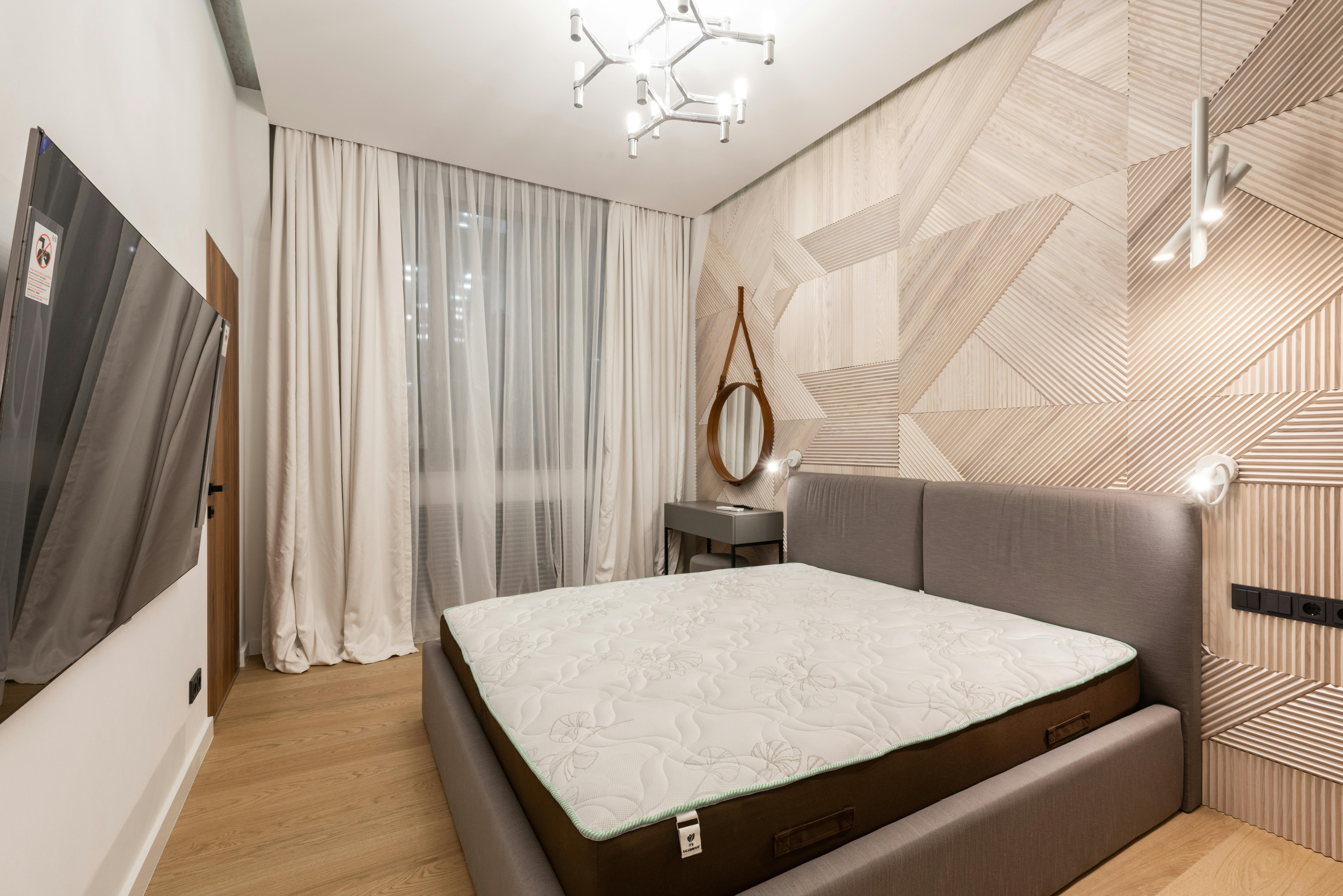
When considering textures for various spaces in a home, it's crucial to tailor choices to the specific needs and functions of each area. In living rooms, for instance, cozy and inviting textures like soft throws and plush carpets can create a warm and inviting atmosphere. In bedrooms, incorporating different textures in bedding, such as crisp linens, fluffy duvets, and textured throw pillows, enhances comfort while adding visual appeal. In kitchens and bathrooms, where functionality is key, surfaces like granite countertops and sleek tiles not only contribute to a polished look but also provide easy maintenance.
Balancing textures is essential to achieving a harmonious design throughout the entire home. This involves considering the scale, color, and overall aesthetic of each texture to ensure a cohesive and unified appearance. Addressing common challenges in using textures effectively includes understanding the limitations of space, avoiding overwhelming combinations, and considering the practicality of maintenance and durability. Striking this balance ensures that the textures chosen contribute positively to the overall design without causing visual clutter or discomfort in the living environment.
Textures and the Sensory Experience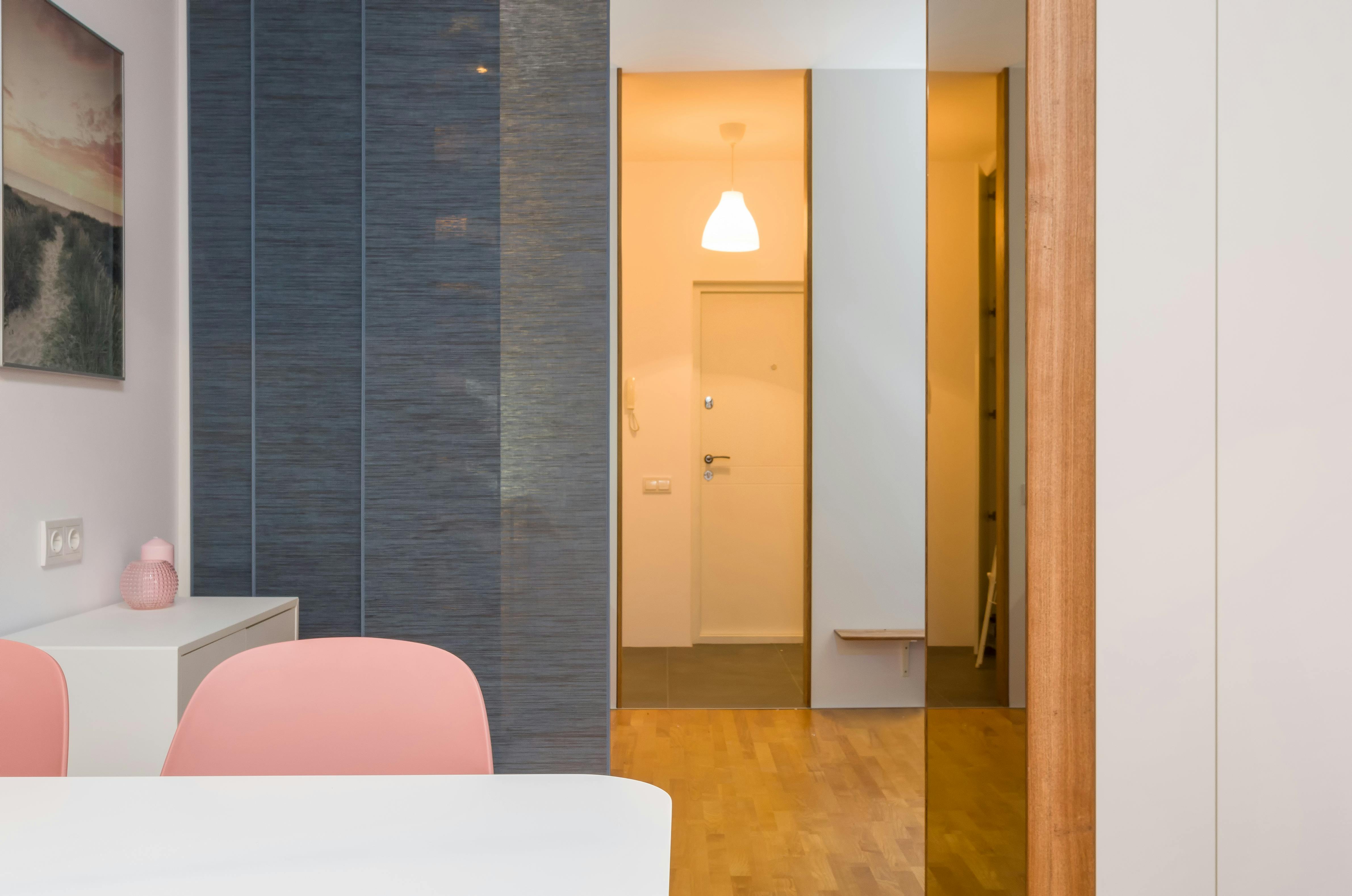
The tactile aspect of textures plays a pivotal role in shaping the overall sensory experience within a home. When we touch different surfaces, our brains receive signals that contribute to our perception of a space. Soft textures, such as plush rugs and velvet upholstery, evoke feelings of comfort and warmth, creating a cozy atmosphere in living areas or bedrooms. On the other hand, incorporating rougher textures like exposed brick or textured wallpaper can add an industrial edge, providing a tactile contrast that stimulates a more dynamic sensory response. Additionally, the choice of materials for furniture and accessories, such as wooden or metal finishes, significantly impacts the tactile experience, influencing the perceived quality and character of the space.
Furthermore, textures can enhance comfort and functionality in a living space by serving both aesthetic and practical purposes. For instance, a well-textured area rug not only adds visual interest but also provides a soft and comfortable surface underfoot. In spaces like kitchens and bathrooms, where functionality is paramount, selecting practical textures, such as slip-resistant tiles or easily cleanable surfaces, ensures that the design not only looks appealing but also aligns with the practical needs of the inhabitants. By strategically incorporating textures that align with the desired sensory experience, designers can create spaces that are not only visually appealing but also tailored to the occupants' comfort and lifestyle.
Conclusion
The importance of textures in home interior design cannot be overstated. A recap of the multifaceted role textures play in shaping the sensory experience, from the tactile qualities that influence our perception of a space to their impact on comfort and functionality, underscores their significance. Emphasizing the role of textures in creating a personalized and inviting atmosphere, designers and homeowners alike are encouraged to consider the sensory aspects of interior design. By experimenting with a variety of textures, from soft fabrics to sleek metals, individuals can transform their living spaces into environments that engage multiple senses, ultimately contributing to a more enriching and fulfilling daily experience. In embracing the diverse world of textures, homes can become uniquely tailored havens that not only please the eye but also evoke a profound sensory connection.

